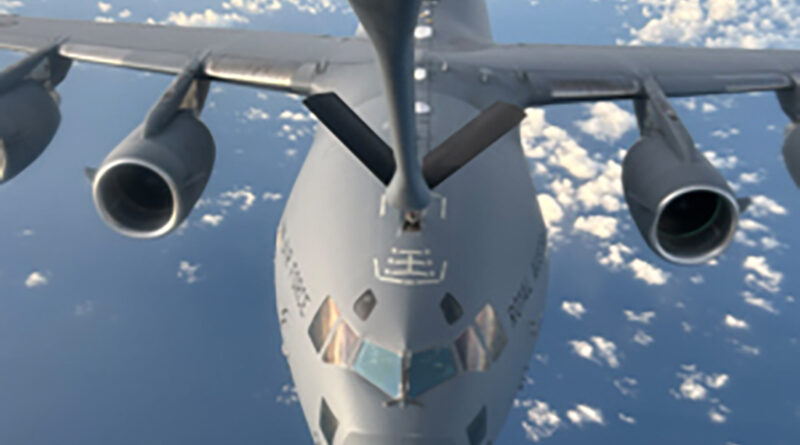SNC’s ATOMS Solution Proves Critical Increase in Capability During Mobility Guardian 2025
SNC, the global aerospace and national security company, has again successfully demonstrated its solution for Airlift/Tanker Open Mission Systems (ATOMS) during Air Mobility Command’s (AMC) Mobility Guardian 2025 (MG-25) Exercise. The demonstration highlighted SNC’s commitment to providing advanced, interoperable solutions to enhance planning and capabilities of the Mobility Air Forces (MAF).
MG-25, part of the first-in-a-generation Air Force Department-Level Exercise (DLE) Series, was AMC’s most comprehensive exercise to date, involving over 4,000 U.S. and Allied Forces personnel to test interoperability and readiness in operationally challenging environments. SNC’s open architecture ATOMS solution played a pivotal role in this exercise, demonstrating its ability to provide seamless data management and communications solutions on multiple aircraft platforms, including the C-17, KC-135, KC-46, and C-130, as well as numerous ground nodes.
MAF
“SNC’s participation in MG-25 and the wider DLE underscores our dedication to delivering rapid, innovative solutions that meet the urgent needs of our armed forces,” said Jim Ickes, SNC’s senior vice president of programs. “The ATOMS project exemplifies SNC’s ability to provide low-risk, open architecture solutions that enhance connectivity and situational awareness across vast and diverse operational theaters.”
The SNC solution for ATOMS, provided initially as a Quick Reaction Capability (QRC) in just six months, delivers enhanced situational awareness through multidomain networking and datalink. The system’s ability to provide a Common Operating Picture improves data interpretation and bolsters decision advantage, strengthening AMC’s effectiveness by leveraging multiple communications paths and sensors to share data seamlessly. Additionally, ATOMS utilizes cloud/edge computing and enables rapid software development with DEVSECOPS principles.
ATOMS is an agile combat enabler that facilitates dynamic aerial refueling planning and operations, enabling mission planning to continue while Joint Forces are en route. The system further provides up-to-date flight plans, weather, and airfield information, and digital communication with ground crew and other aircraft.
“SNC’s large aircraft fleet support is based on three key design tenets: open architecture, low airworthiness risk, and avoiding complex, proprietary solutions,” added Ickes. “This approach allowed us to deliver a rapid, affordable modification with exceptionally low sustainment costs, helping ensure the success of MG-25.”

